Chengdu is the capital of Sichuan Province and the foodie capital of mainland China. It is even an officially recognised UNESCO City of Gastronomy. I was there for a few days in January 2013, and I don’t think I’ve eaten so well before or since. Of course, the weather was pretty awful, but that’s just the price of entry. To be honest, I didn’t really mind the weather that much – it reminded me of home, really; grey and dreich, with morning mists slowly giving way to afternoon fog (of the type known as Scotch mist), and light or heavy rain later in the evening. Perfect weather for pandas, as it happens – more of which further down.
I tried a couple of vegetarian restaurants in Chengdu, not because I’m vegetarian, but just because they were there and I was interested. I also sampled various snacks (some Tibetan and some local) in Jinli Street at Wuhou Ci (temple), a Buddhist restaurant, and a very popular hole-in-the-wall noodle place just around the corner from my hotel.
The highlights were Chen Mapo Doufu and what turned out to be the most expensive restaurant I ever visited in China – at least when I was paying – unfortunately, I can’t remember the name – but at lunchtime, when there were some slightly cheaper options suitable for one person. I was not the only customer, but the others were all at one large table and looked like they might be rather wealthy (that was probably a clue). I only managed a couple of dishes, but one of then was “Red chicken” (see Chinese Food, Recipes), which was as described – the red coming from spiced chilli oil. To my surprise, it was a cold dish, though one of the hottest things I’ve ever eaten (at least until I tried some other restaurants in Chengdu, and Chongqing Hotpot.) I was not then in the habit of taking pictures of the food in restaurants, which is a pity, but wherever I went in Chengdu, and whatever the price and ambience, the food was always outstanding.
I stayed in a small hotel on the very busy Jinhe Road, which was across from the People’s Park, so it was a bit noisy – not just because of the traffic, but also because there were frequent – and often simultaneous! – musical performances in the park. Still, it was very convenient.
As usual, click on any of the thumbnails to open the photo gallery.
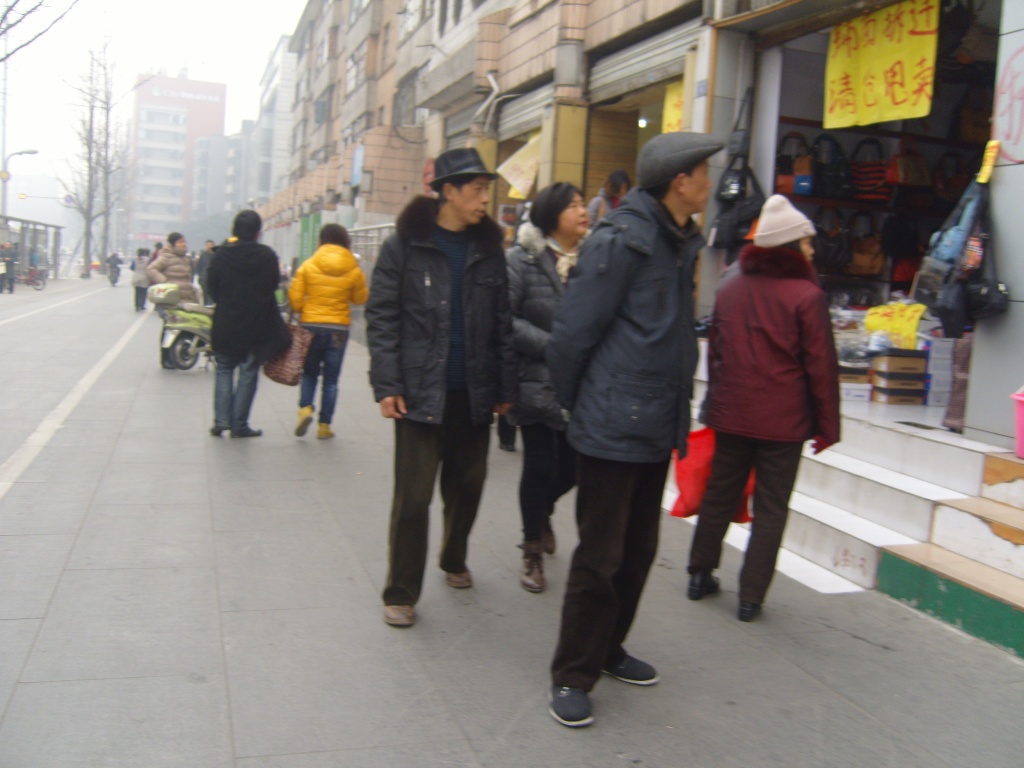



As usual, click on any of the thumbnails to open the photo gallery.














In the People’s Park, multiple musical performances often take place at the same time! At night there is the usual communal dancing. There are also a couple of significant monuments – one revolutionary, the other to the war against Japan.




The main shopping area is in Chunxi Road, which is very modern and pedestrianized (a bit boring, actually. It could be anywhere in China).


Slightly more interesting is Qintai Road, which is mostly jeweller’s shops.
As usual, click on any of the thumbnails to open the photo gallery.


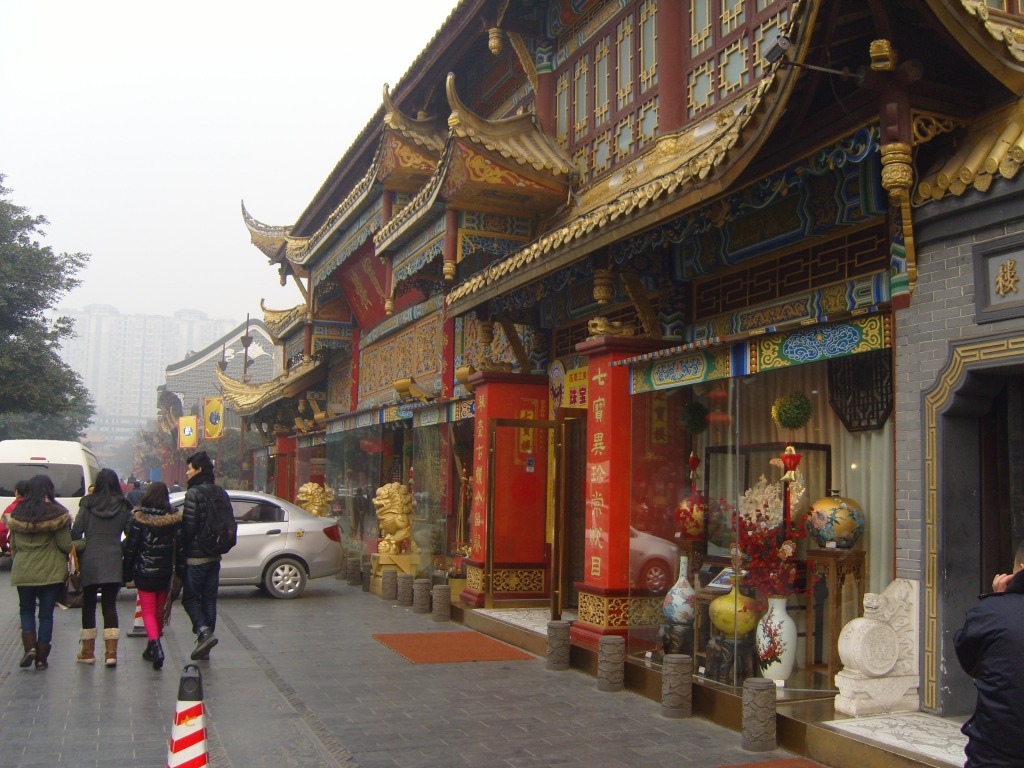


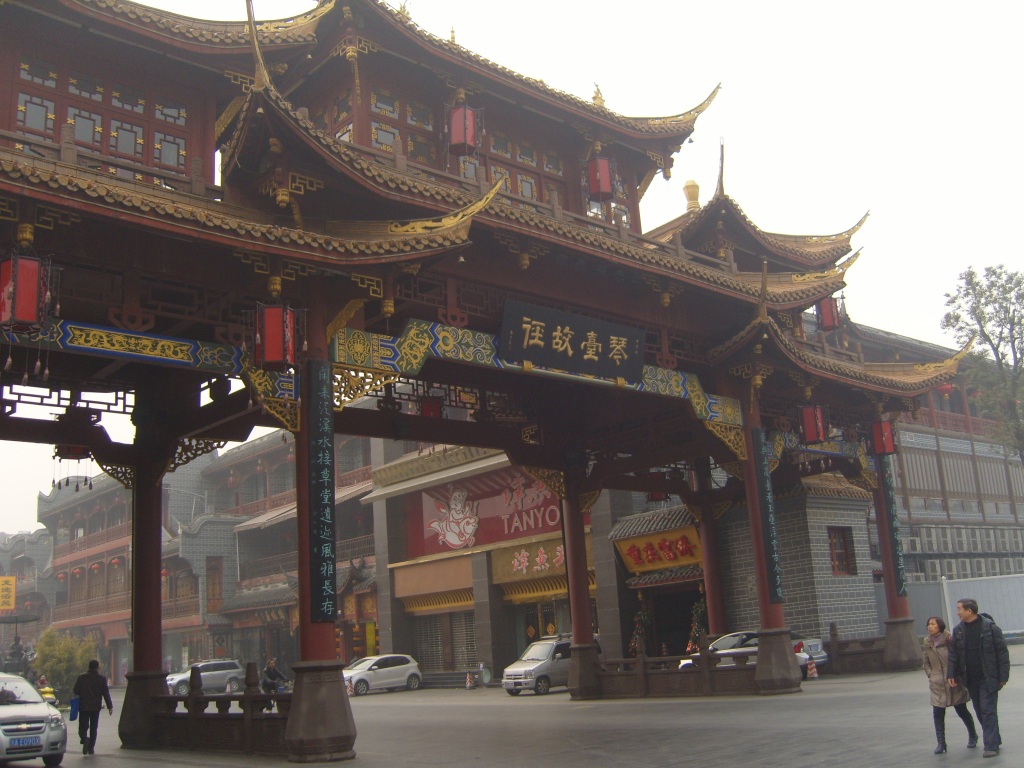
Above, I mentioned Chen Mapo Doufu, which claims to be the place where this most famous of tofu dishes was invented (recipe). It certainly had one of the hottest and most peppery versions I ever came across, and the hottest version of anything I ever came across in a restaurant (soybeans with a LOT of chopped chillies, see photo – both the red and green are chopped bird’s-eye chillies).




Qingyanggong
A very interesting site in Chengdu is QingYangGong (Bronze Goat Temple – another link here), one of the most famous Taoist temples in China.
How did the temple get its name? Well, they say it all goes back to a meeting between the Taoist high priest Lao-tzu (hugely important in Taoism) who was to meet a friend here. The friend arrived only to see a boy with two goats and so thought the boy was his friend the priest!
I took almost a hundred photos here, so this is only a selection, and excludes the inside shots. Note the teahouse within the temple grounds. Chengdu is famous for its teahouses and for its relaxed teahouse culture.
As usual, click on any of the thumbnails to open the photo gallery.


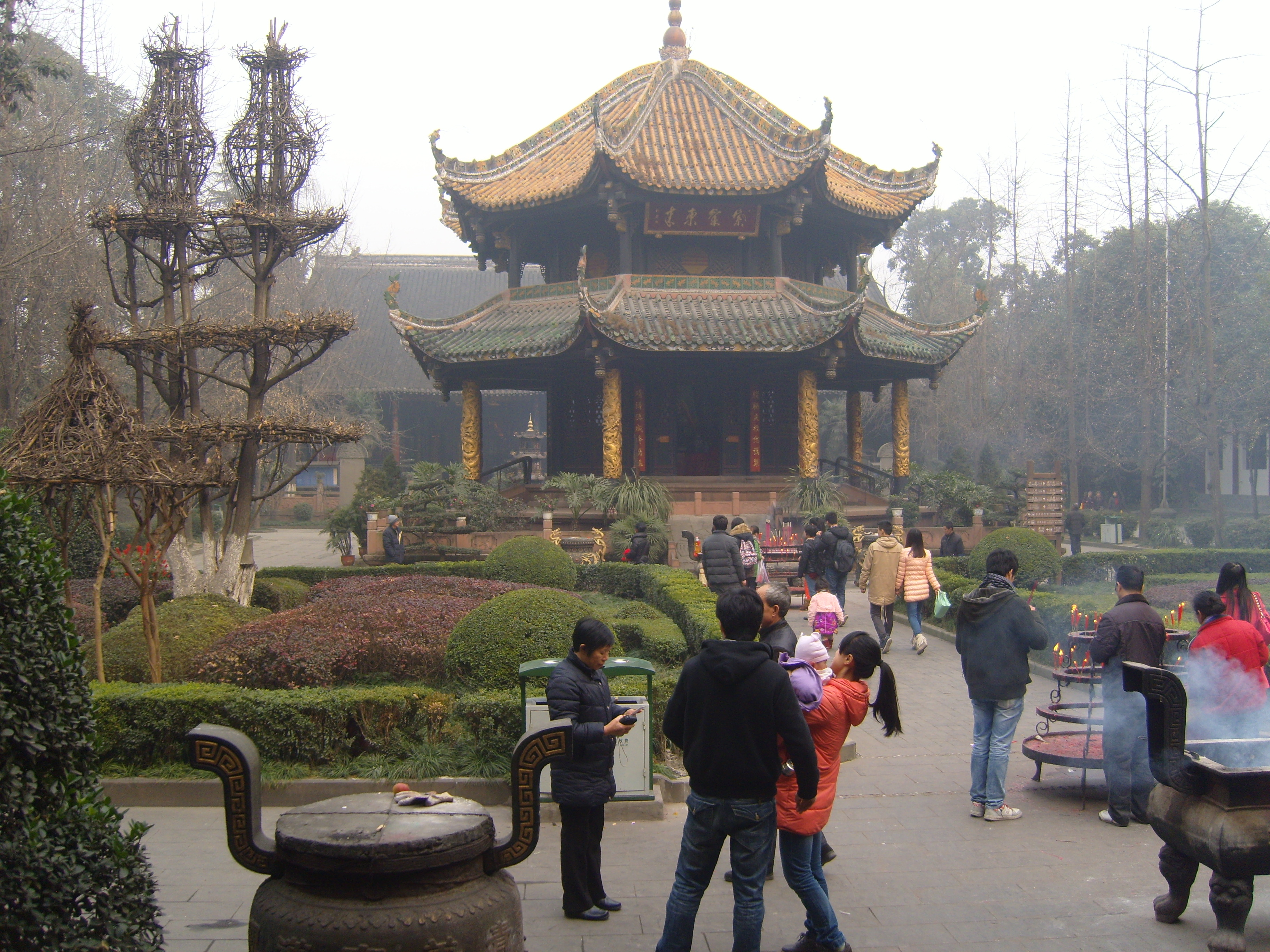



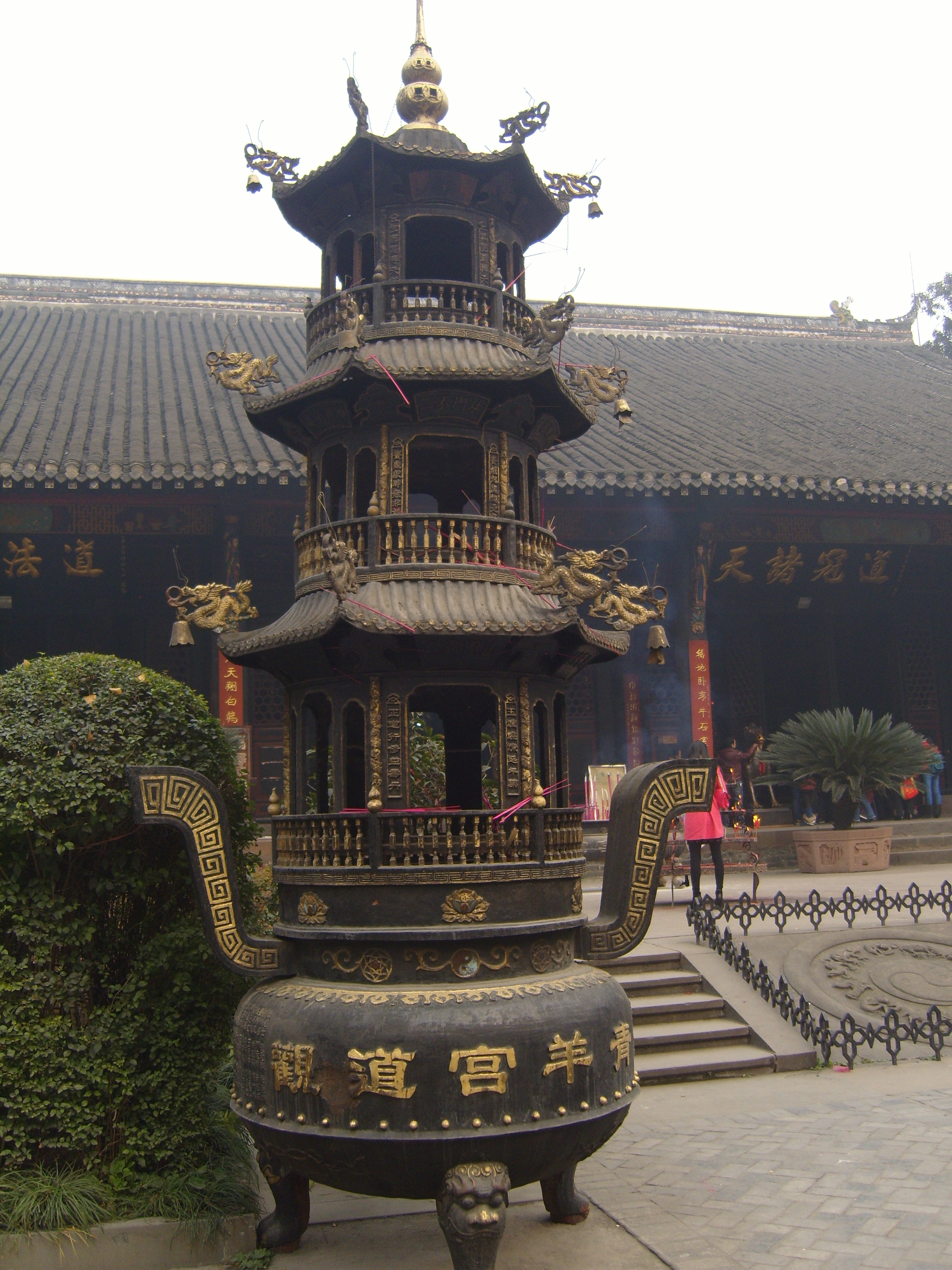












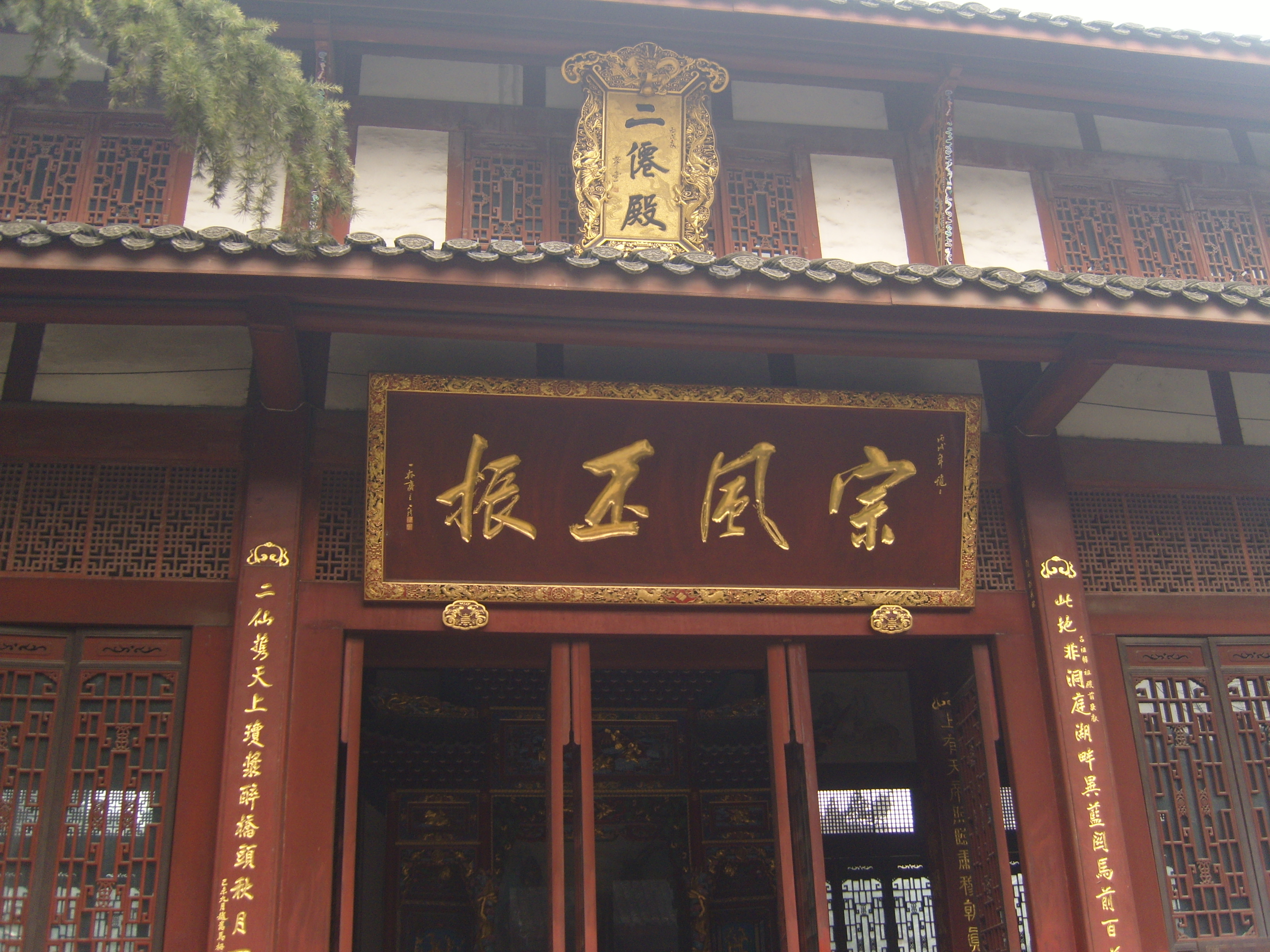


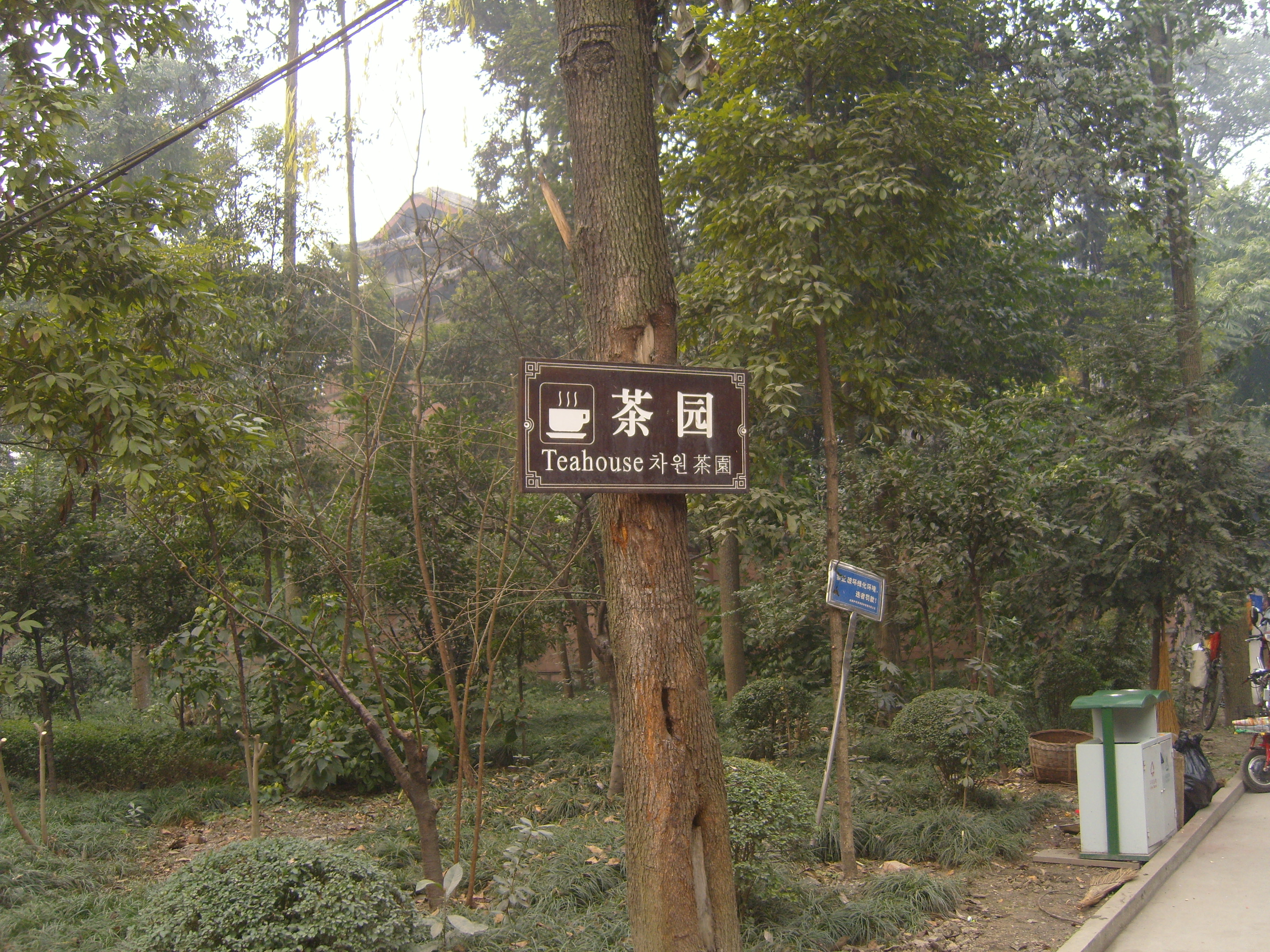







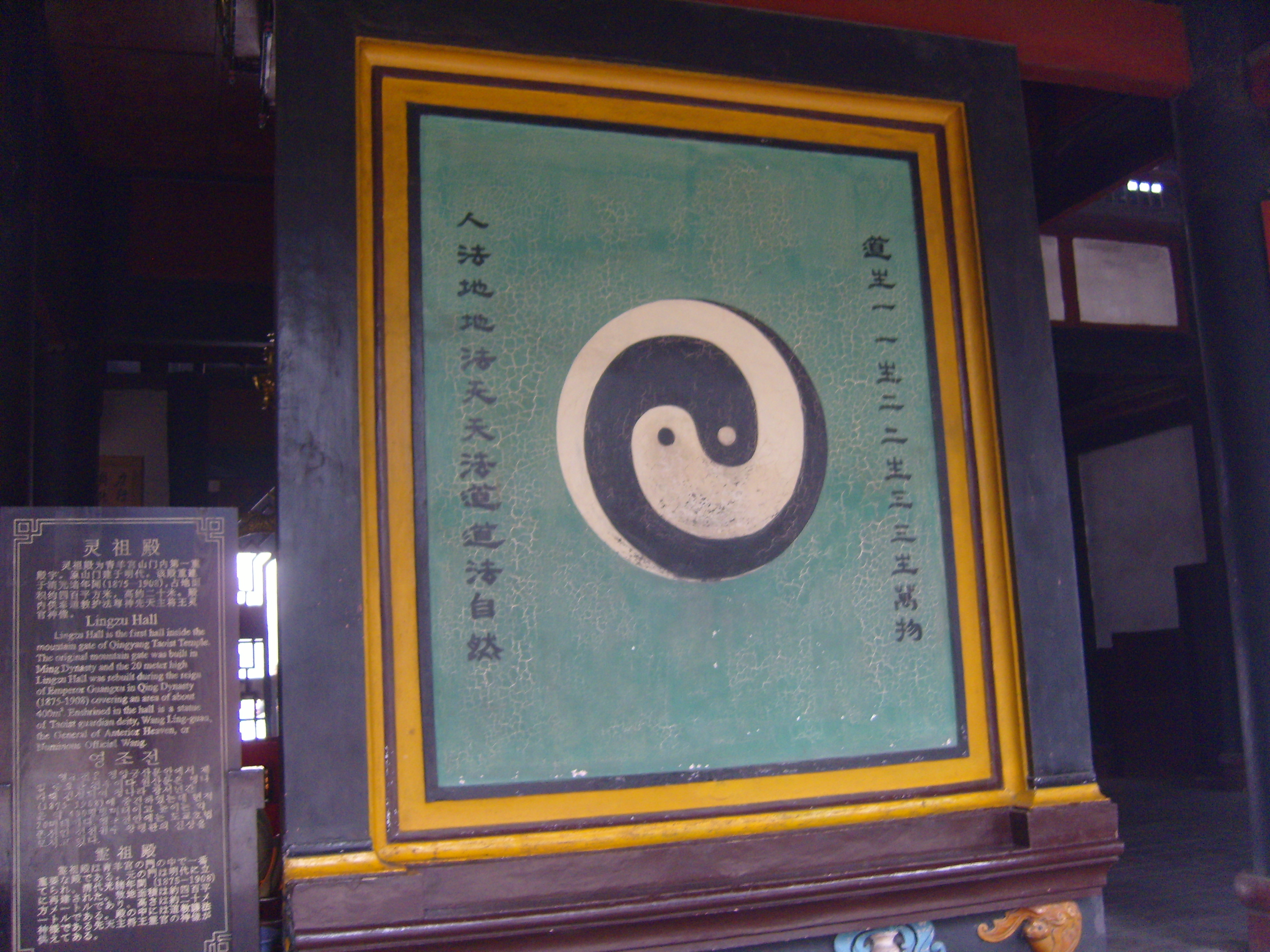
Wenshuyuan
Moving from Taoism to Buddhism, I also visited Wenshuyuan monastery (or temple), also known as Manjushri Monastery, which is so old its origins are legendary rather than known, but it dates back to at least 618 AD. It is still very much in use.
As usual, click on any of the thumbnails to open the photo gallery.













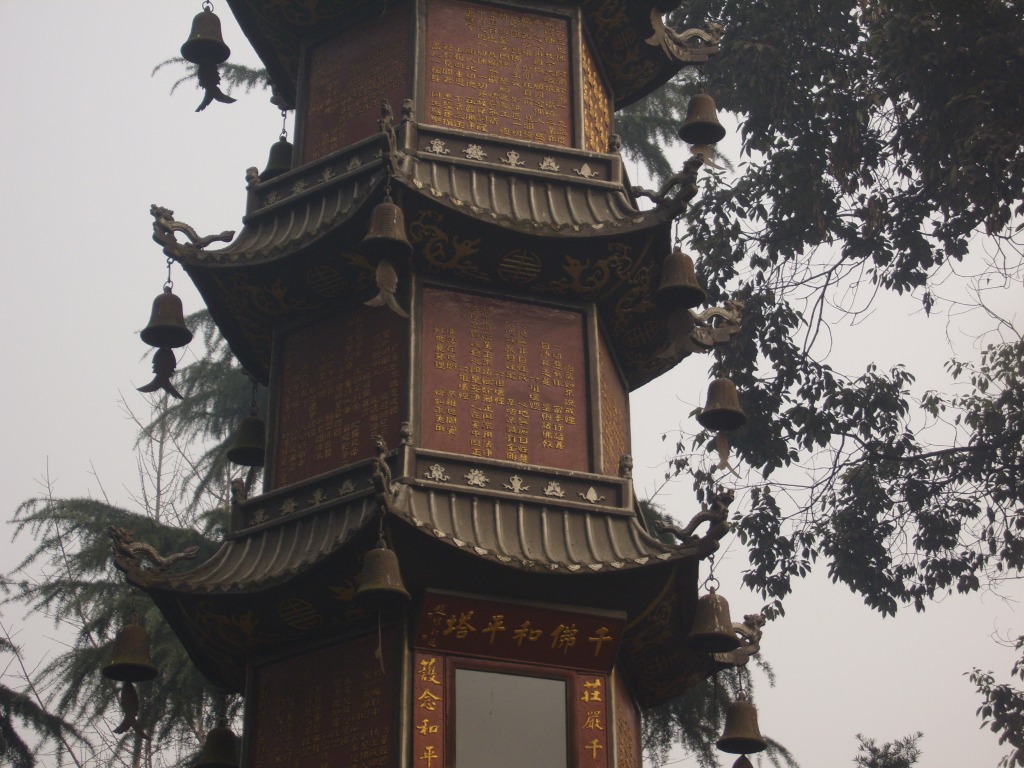
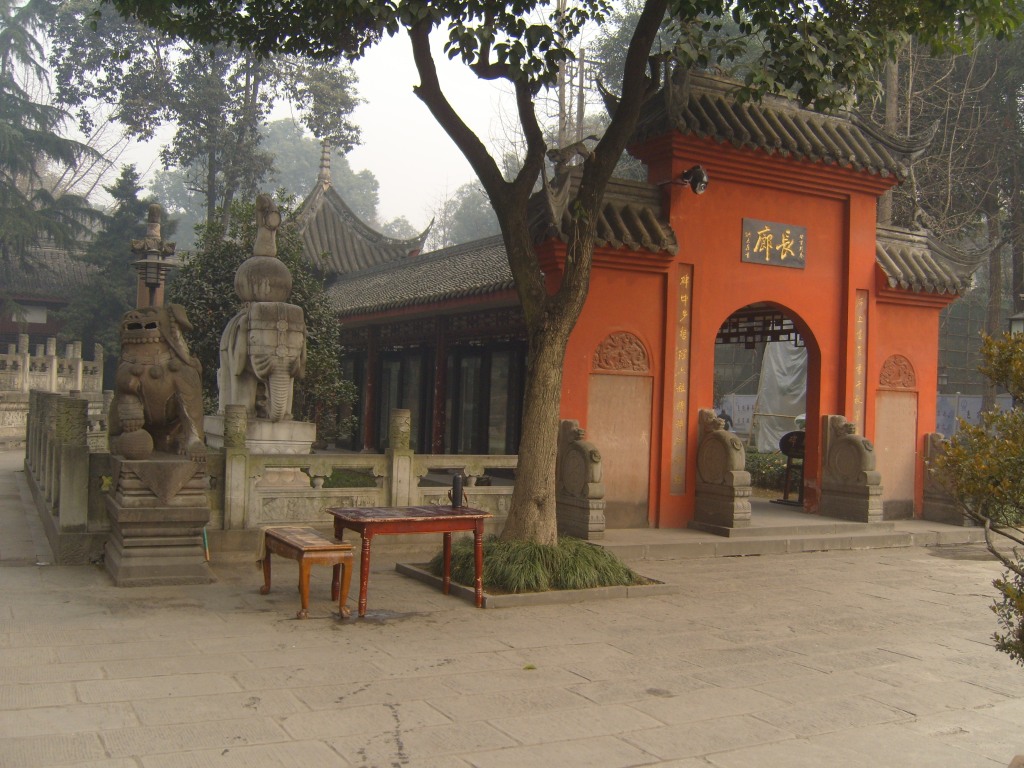








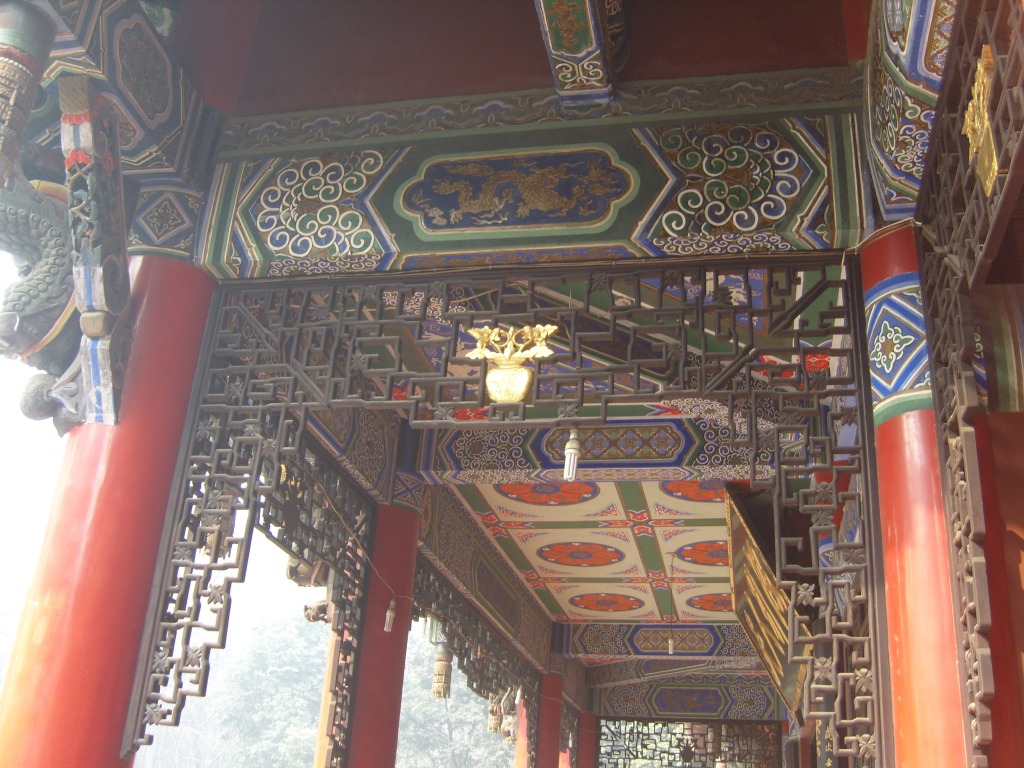




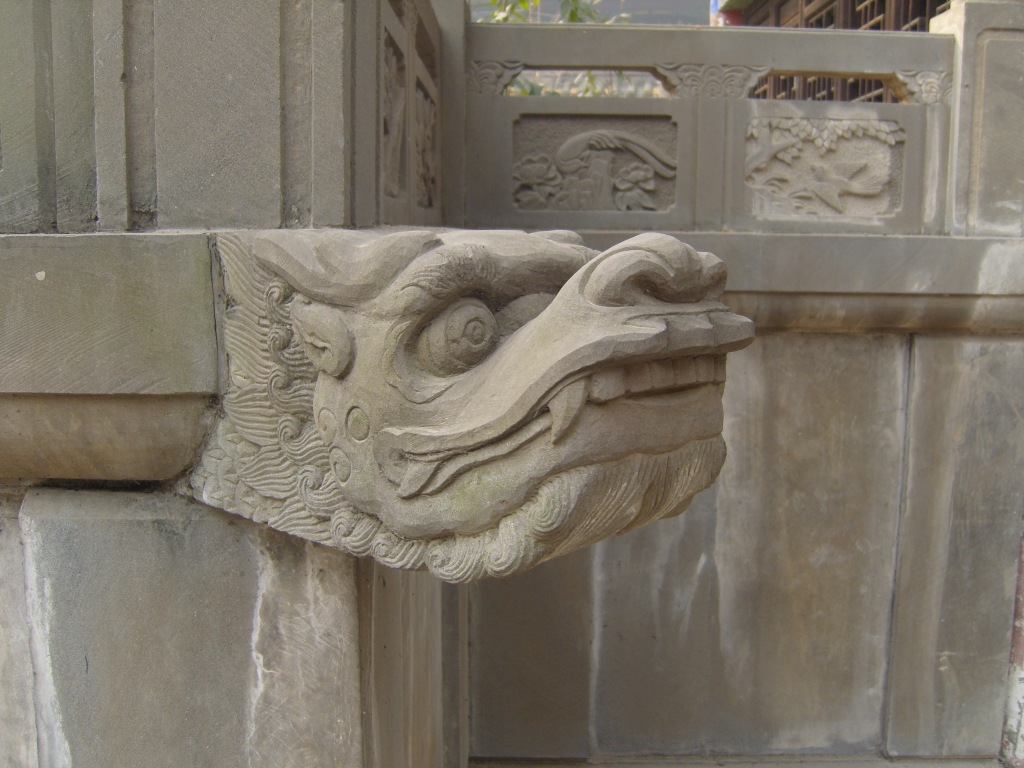


Lunch that day was in a nearby Buddhist restaurant, which was an absolute bargain. The terrapin seller was just walking by at the time.





Wuhou Ci and Jinli
A highlight of my visit was Wuhou Ci (Wuhou memorial temple, built in the Western Jin period (265–316 AD)) and nearby Jinli Street (although it was a bit touristy (mostly Chinese tourists), and I suspect that the number of interesting snacks (Chinese and Tibetan) has probably decreased as a result).
Wuhou Ci is interesting for many reasons, for example its gardens and collection of 400-year old Bonsai trees, and especially for its section devoted to the history and culture of the Three Kingdoms period (220–280 AD).- very significant to Chinese people.
As usual, click on any of the thumbnails to open the photo gallery.







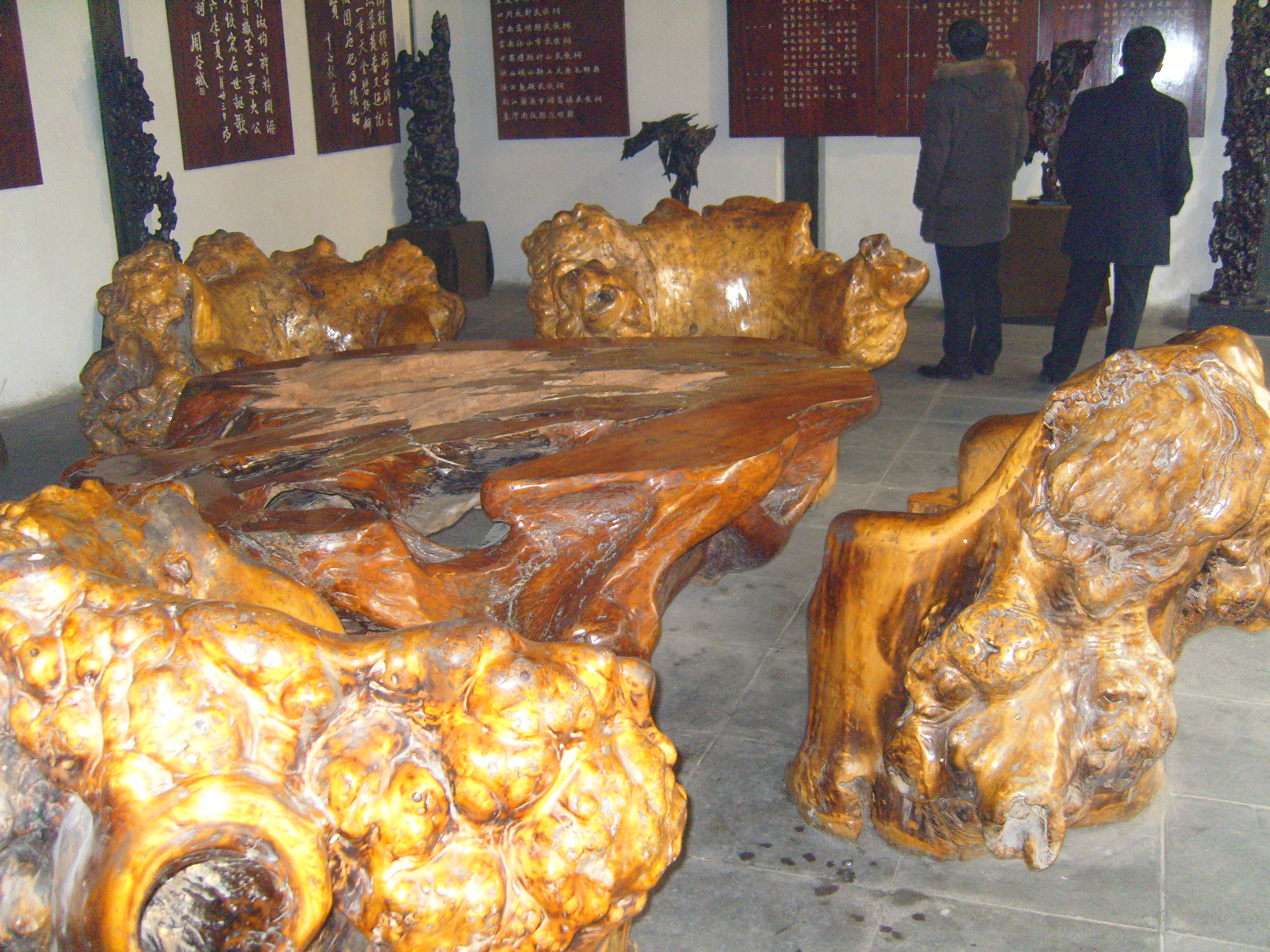











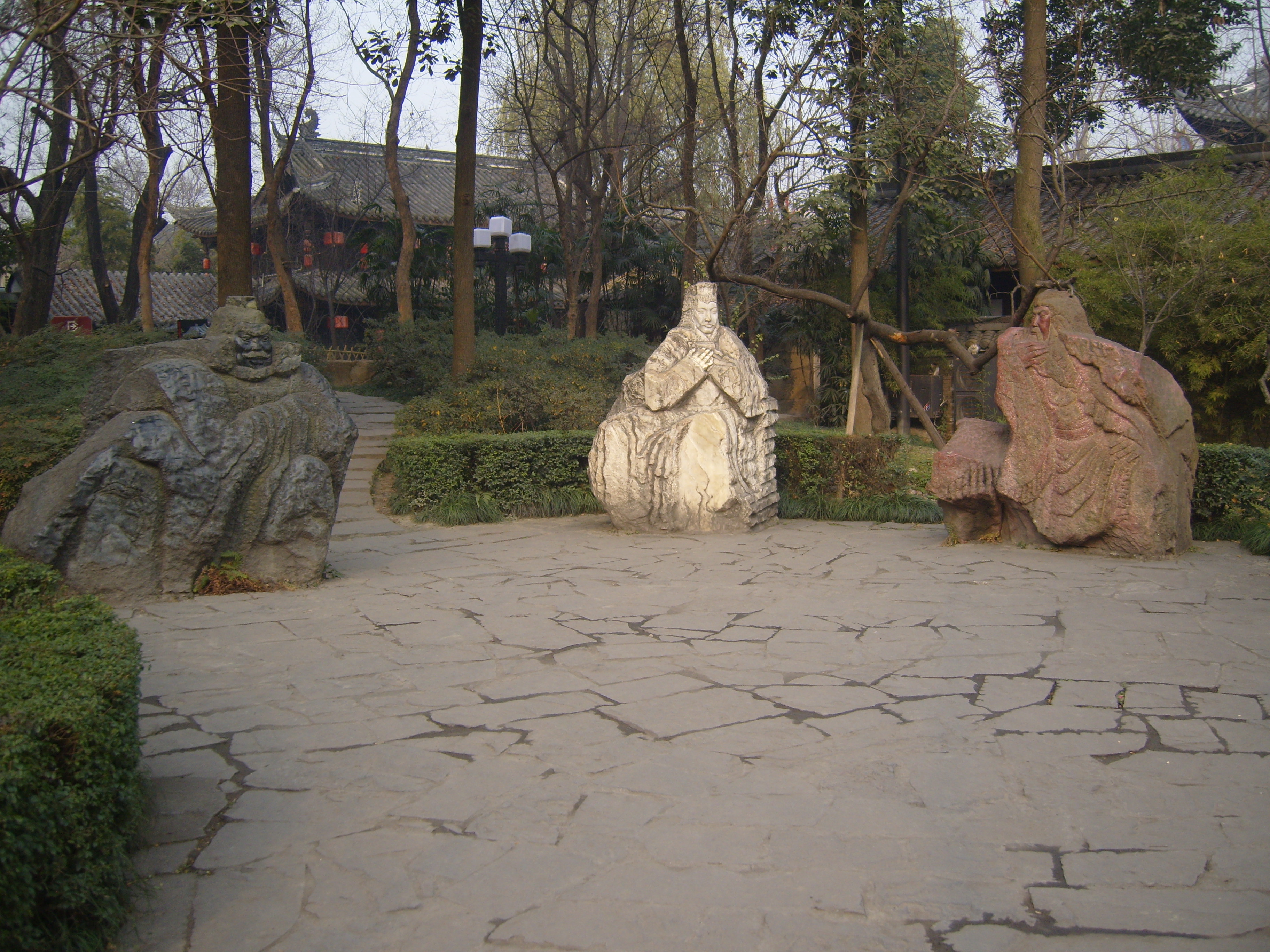


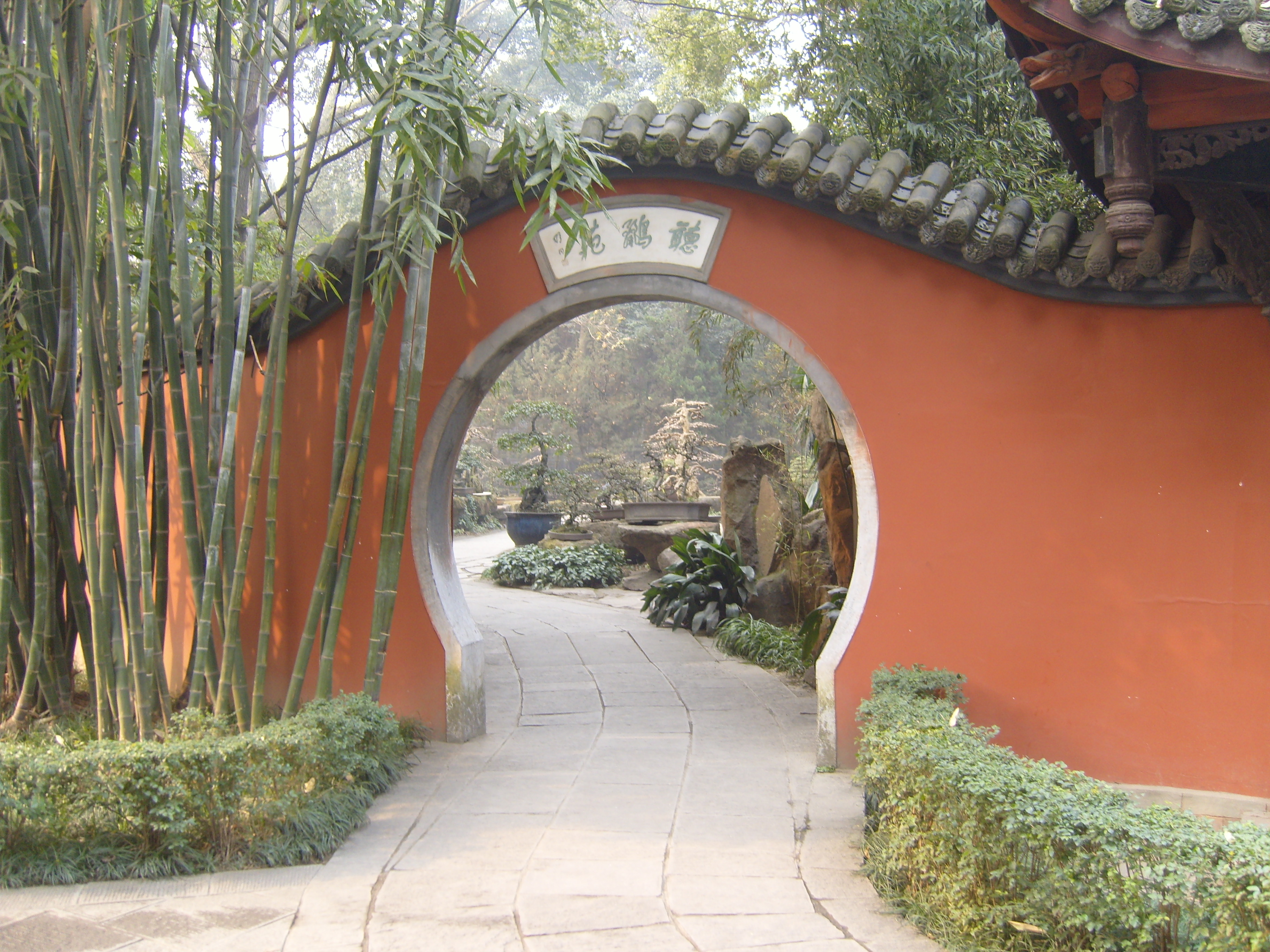



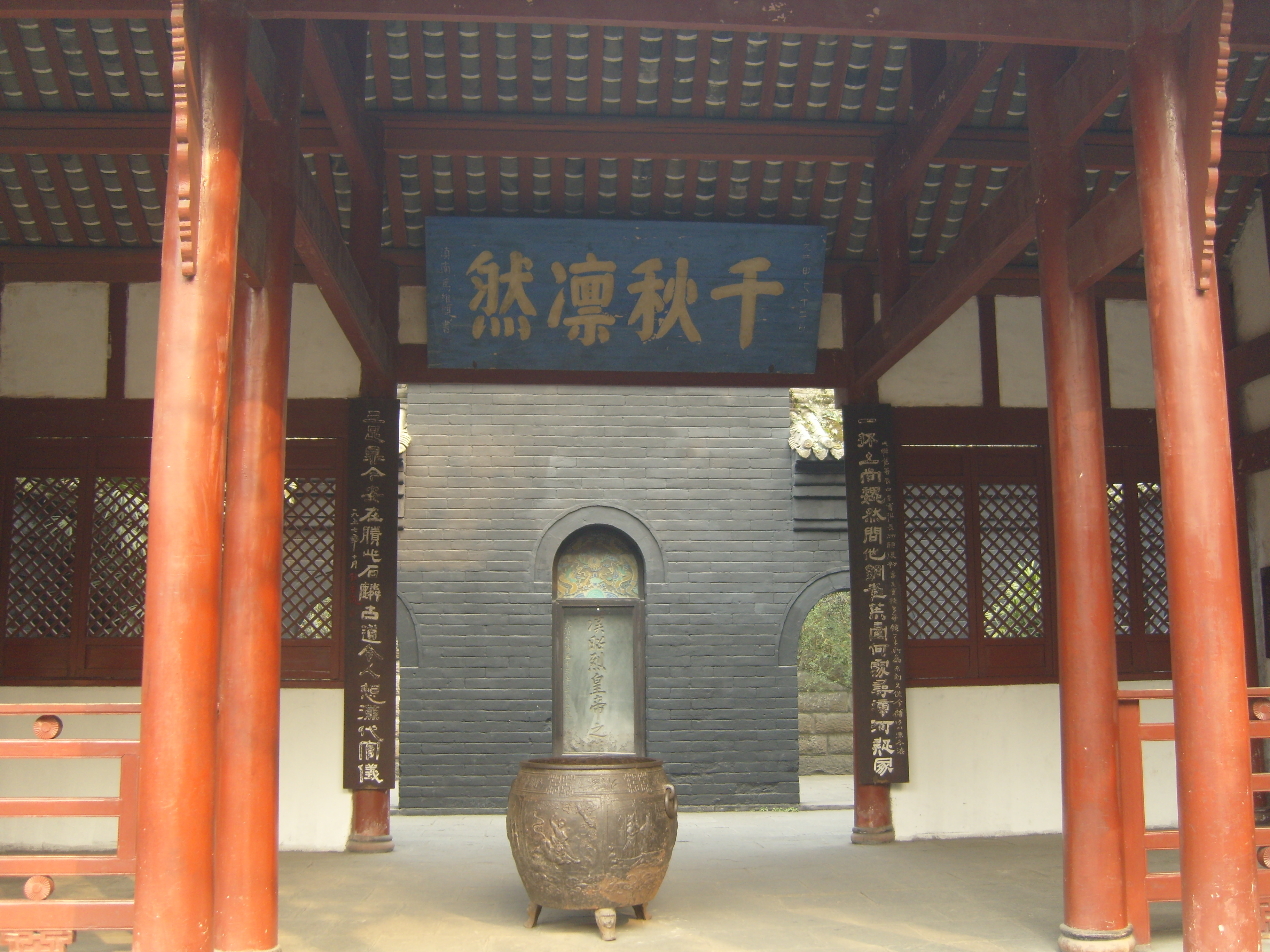
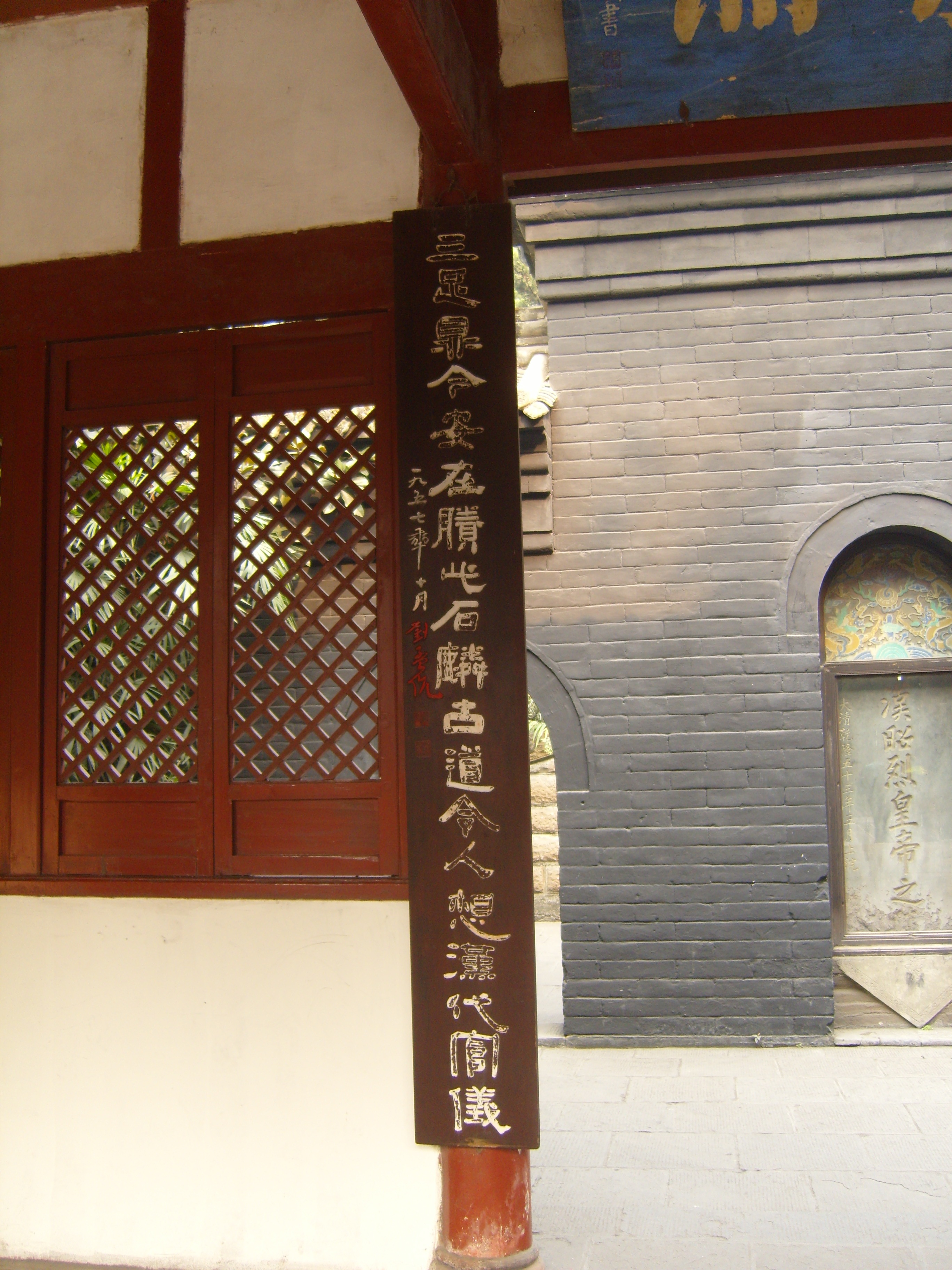











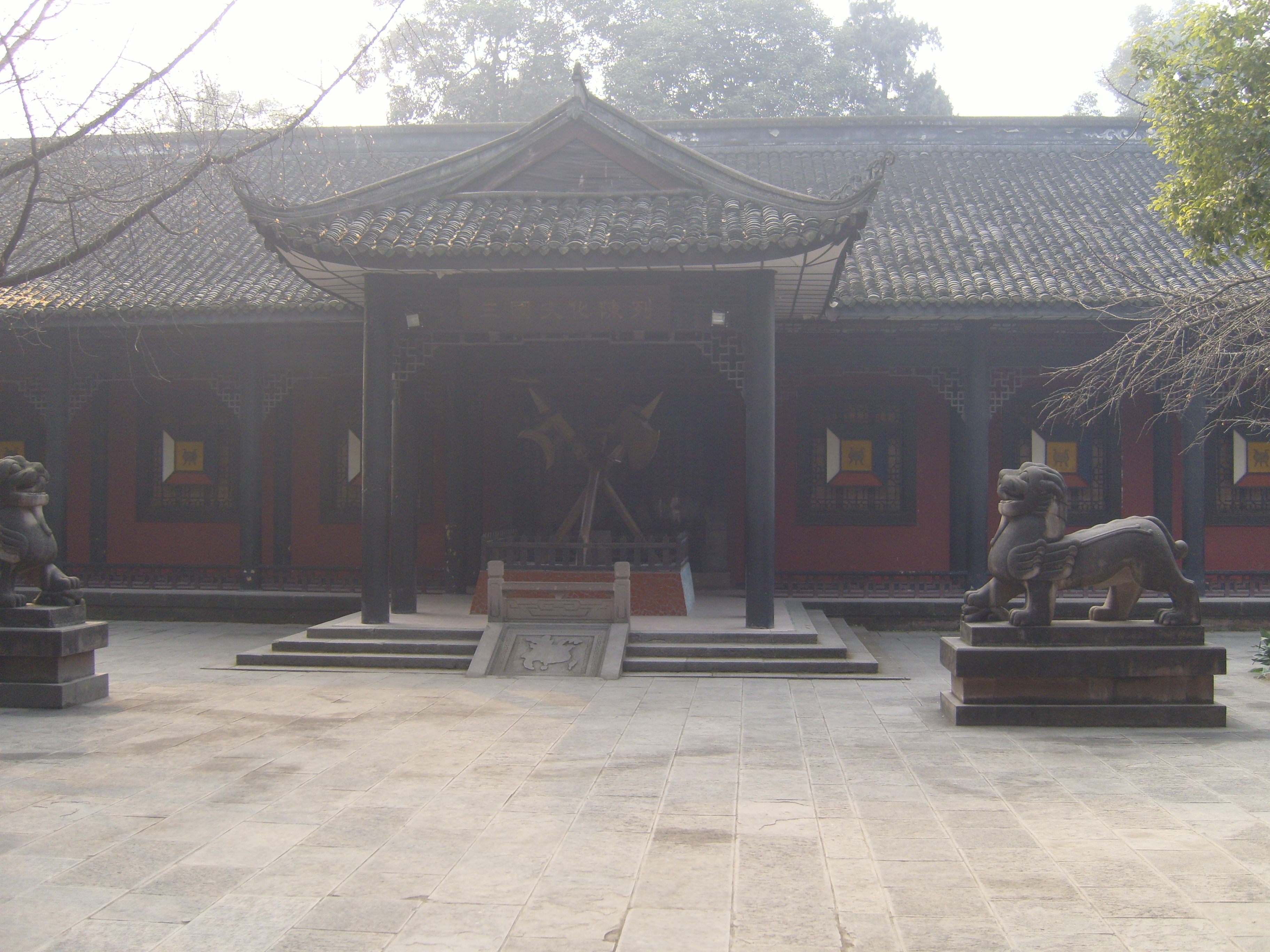






Jinli (aka Jinli Street or Jinli Alley) is also well worth a visit, unless you dislike crowds and/or are claustrophobic. It’s probably worth pointing out that my own visit there was an hour or so before lunchtime and it was just beginning to get busy. I passed by a day later and it was just mobbed.
As usual, click on any of the thumbnails to open the photo gallery.










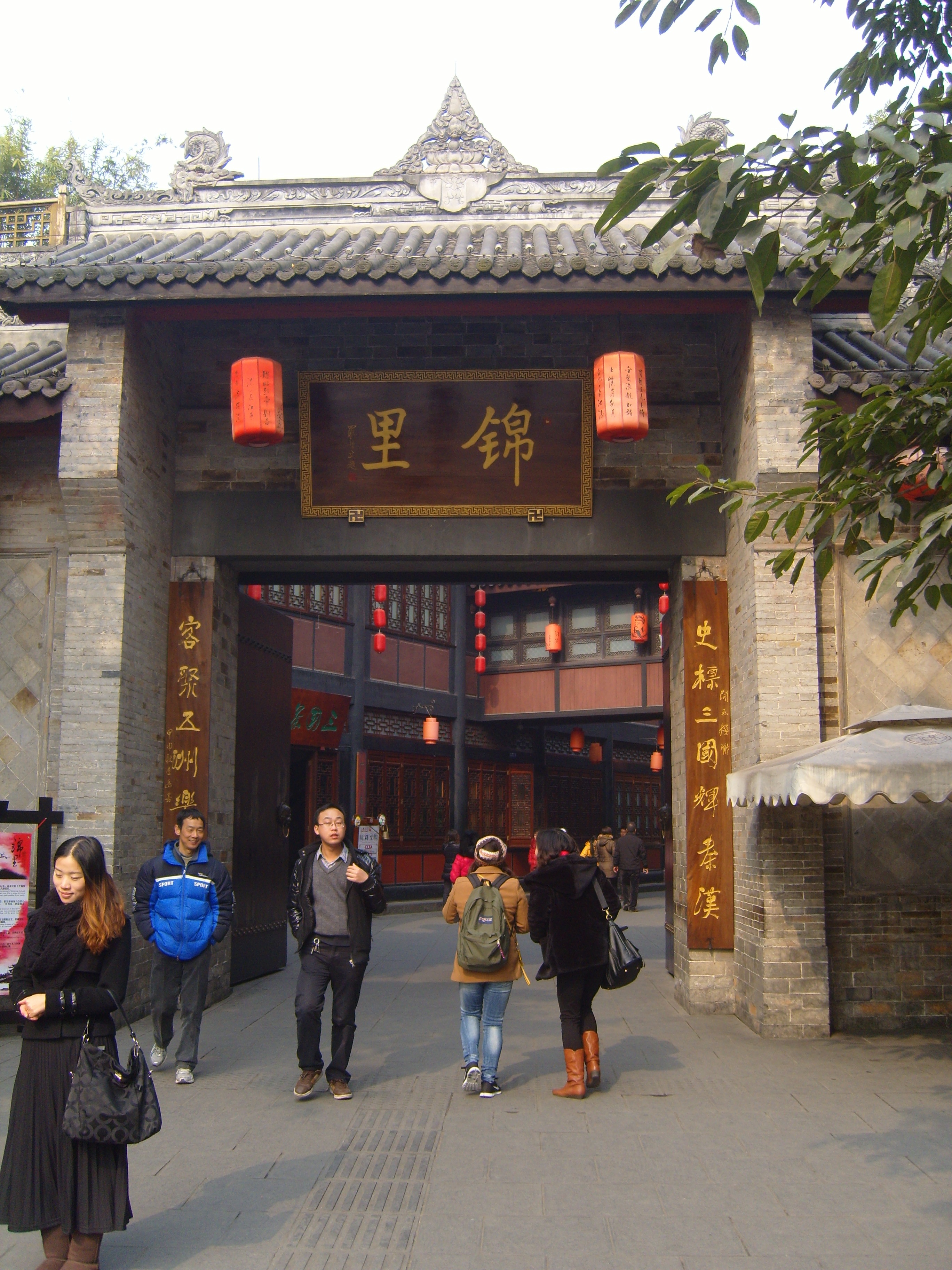
The Panda Centre
Officially known as the Chengdu Research Base of Giant Panda Breeding, this is fairly easy to get to from the city centre. When I was there, it involved a bus from the centre and a change to a local (wooden!) bus. I liked the wooden buses, but I don’t know if they’re still around.






The weather was, of course, pretty grim, but apparently pandas like it that way. They tend to hide indoors when it’s clear. It was not a good day for photography, but I tried.
As usual, click on any of the thumbnails to open the photo gallery.


















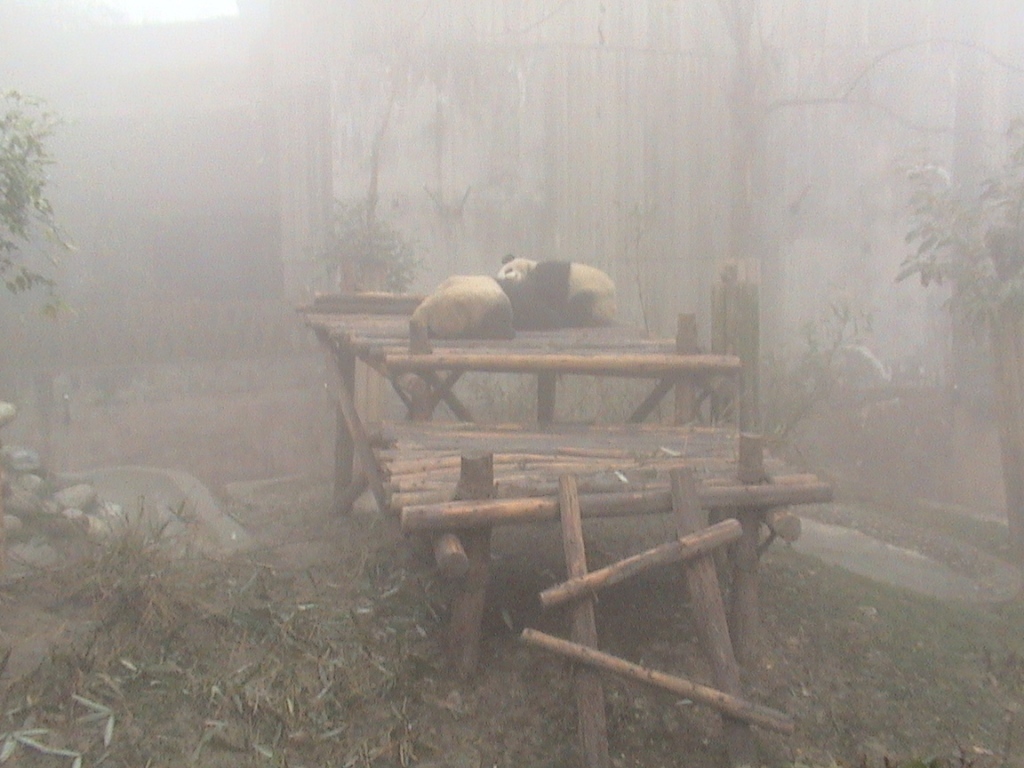



As well as the – except for the babies – hardly moving giant pandas, there are red pandas, which I really like, though they are not pets, but actually a little bit dangerous. They also seem to be quite intelligent. I arrived at their locale at feeding time. They seemed pretty lively, although they might have just been hungry.
As usual, click on any of the thumbnails to open the photo gallery.


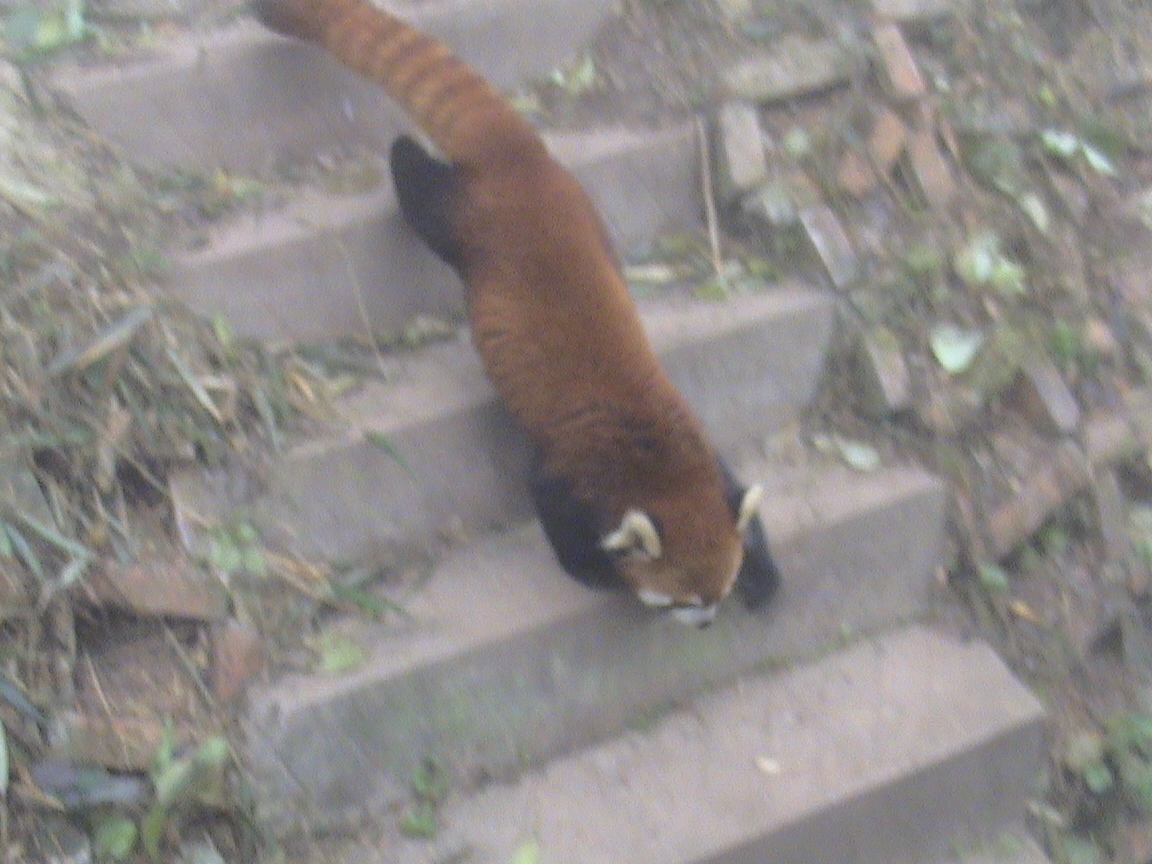




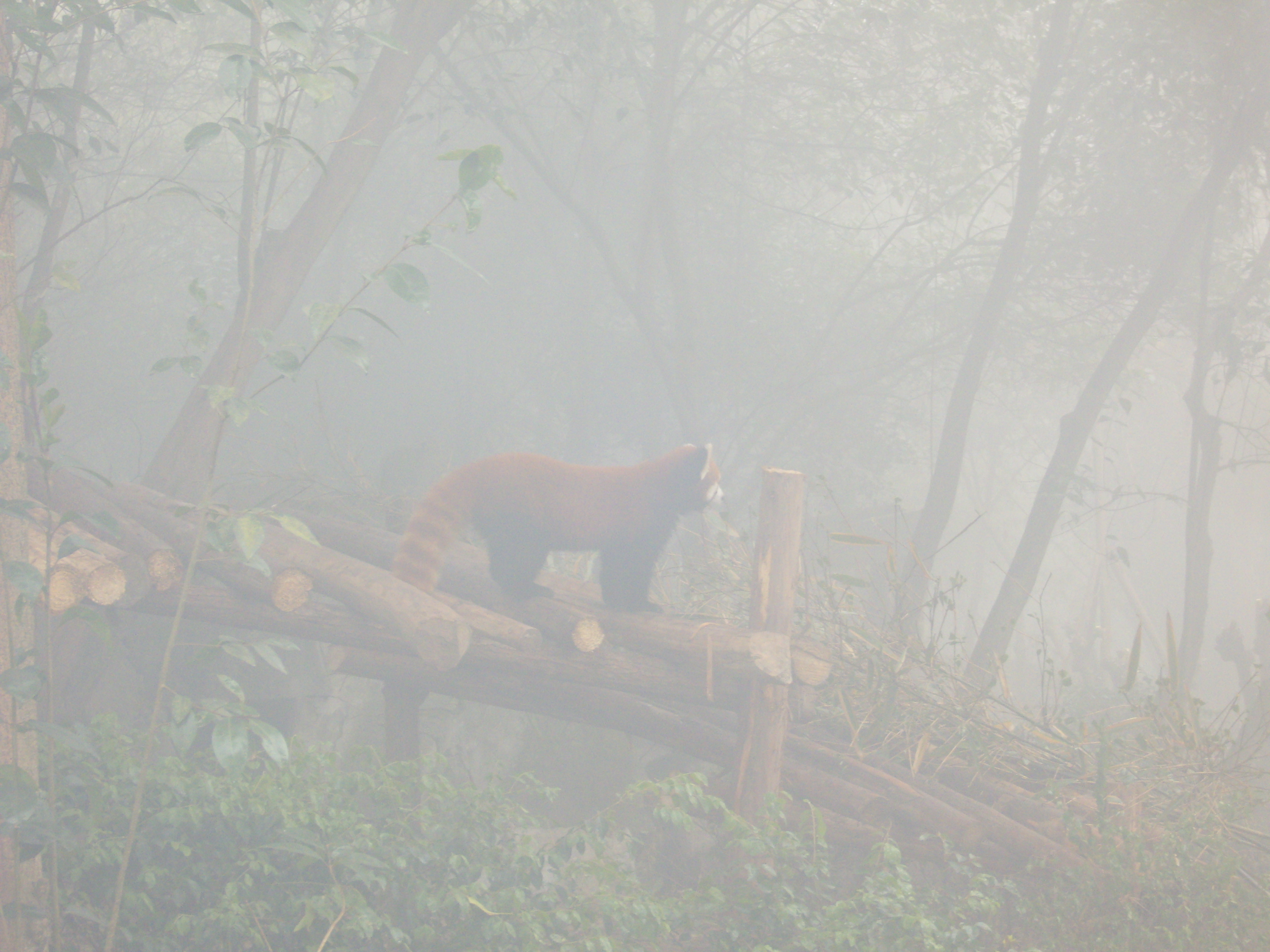










The Panda Centre attracts a lot of visitors. Although it was fairly quiet while I was there (either because it was too early for crowds or because of the weather), it was getting busy by the time I left.